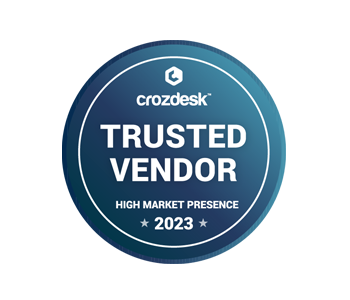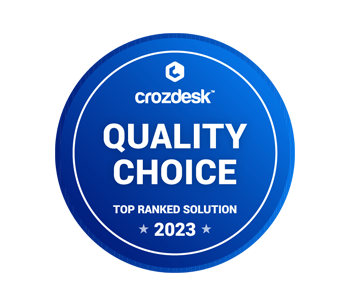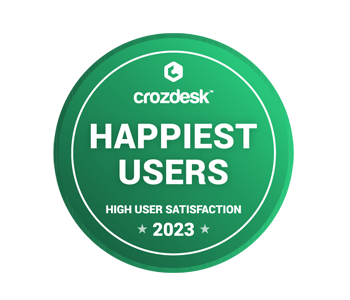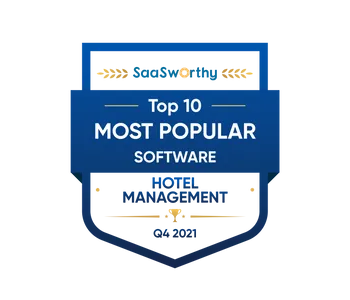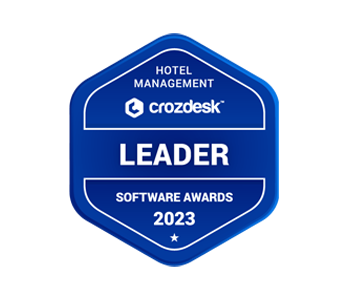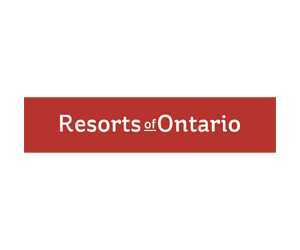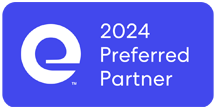Online travel agencies (OTAs) have taken the hospitality industry by storm. What began as a platform for selling excess inventory when demand was low, has grown to dominate the entire booking landscape.
Today, the majority of reservations worldwide are made via these online platforms, which makes OTAs an essential component of all lodging operators’ distribution strategies—often accounting for the majority of a property’s revenue.
While the cost to play the OTA game can be steep (commissions range from 10-30%), the benefits of exposure on these platforms are many. Not only does an OTA distribute your business to a wider audience than you would be otherwise capable, but it can also act to promote direct bookings on your website due to the billboard effect. And it’s worth noting that OTAs can aid international customers in understanding and booking with your property. Offering details in the appropriate language and currency helps open your doors to guests from all over the world.
When it comes to your OTA strategy, it’s a good idea to diversify. Don’t rely on 1 or 2 agencies; you want your property to be visible across multiple channels. But there are a lot of different platforms to choose from, so how do you know which OTAs to use? The right distribution channels will vary for each property, but here are a few things to consider when choosing the right OTA for you:
Cost
Obviously, one of the biggest concerns (and most important things to consider) is the cost of partnering with an OTA. There’s quite a bit of variability in the commissions charged by various OTA platforms, and some can be prohibitively high.
When determining if an OTA is worth the cost, remember to account for the customer lifetime value (CLV) of guests brought in by the channel in question. If your landing high-spending, returning guests, steep commissions may ultimately be worth it.
Target Market
OTAs are not all the same. Just as individual lodging operators cater to different types of guests, OTAs have their own demographic sweet spots. For a productive partnership, ensure you choose an OTA that aligns with your target market.
Platforms that cater to hostels (like Hostelworld) are not the ideal distribution channel for boutique properties; and OTAs designed for vacation rentals (like Airbnb) would do little for a chain hotel. The same can be said for geographic region. While many of the major players (like Booking.com and Expedia) are prominent worldwide, others focus on a more specific region (like Ctrip).
Experience
The experience of an OTA should be considered when choosing the platforms on which to sell your inventory. How many bookings do they facilitate? How long has the OTA had a presence in your market of interest? Does the channel in question have a history of serving properties similar to your own? While you may choose to take a chance on a newcomer, it’s wise to prioritize reputable channels with a demonstrable history of success.
Functionality
Finally, ensure the platforms you choose have interfacing capabilities with your channel manager. Any changes to availability made over an OTA or on your property management system should update automatically. Avoid any situation that would require you to input inventory changes manually. It’s a waste of your time and could result in overbookings.
Deciding on a combination of distribution channels that compliment your property is an important job. You need to sort through a lot of available platforms to find the ones whose cost, target market, experience and functionality meet your needs. And it doesn’t end there. While OTAs expose your brand to a massive audience of potential customers, they also do the same for your competitors. If you want to get noticed on an OTA, you need to manage your profile in a way that maximizes exposure.









